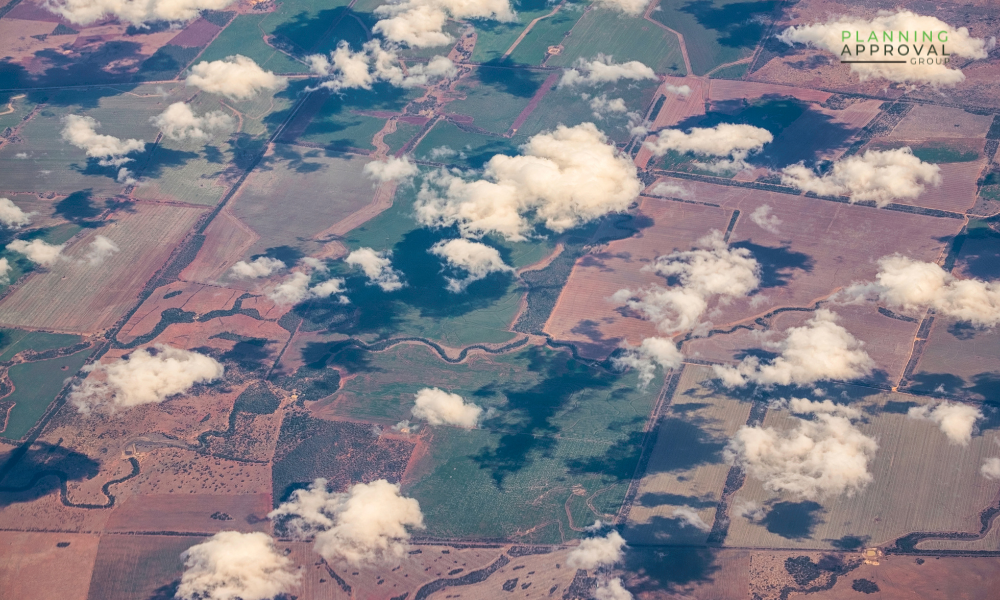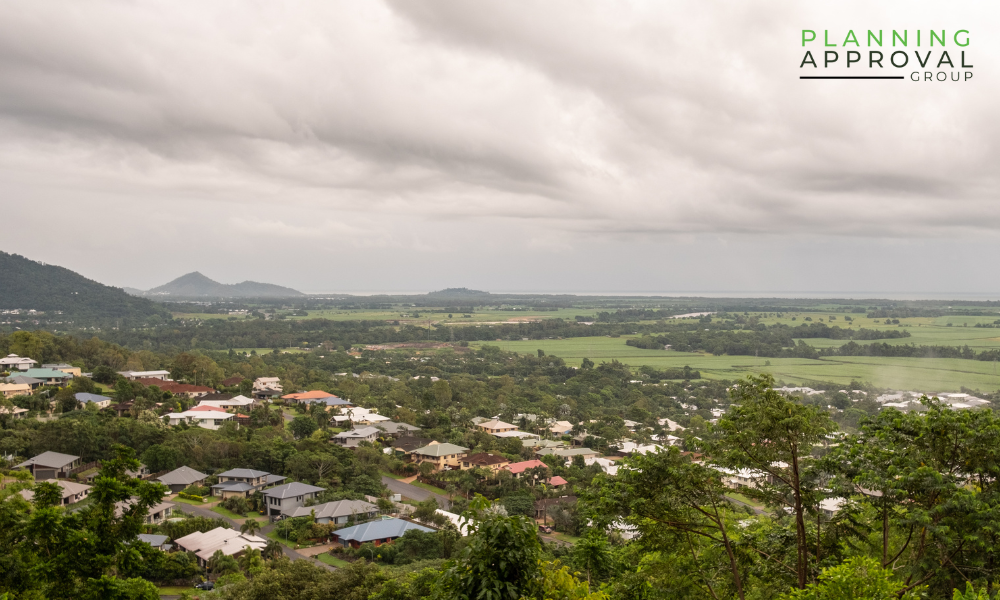Top Tips for Achieving Subdivision Approval
Subdivision, or Reconfiguring a Lot, can be a daunting task for any developer. Whether it be splitting a rural property between siblings or developing a whole new pocket of suburbia, there are vital things that you need to know to make this development journey smoother. Let’s break down subdivision development.
Defining Subdivision
When people think of subdivision, they tend to immediately think of new suburban developments and mass land releases. This is true, with subdivision not only being the creation of residential developments, but also commercial precincts and industrial parks. However, subdivision isn’t limited to such large-scale development. Another common application is the division of one lot into two or three – for instance a rural lot being formally split between owners.
In fact, in many planning schemes you may find it hard to research subdivision, with very little reference to it. This is because the common planning term for this activity is Reconfiguring a Lot.
Why not just call it subdivision? Well, the activity isn’t limited to dividing up larger lots of land into smaller ones. It can also include rearranging or merging of existing lot boundaries.

Can I Subdivide Any Lot of Land?
The simple answer to that is No. Your Council will have set minimum lot sizes for every zone (i.e. rural, high-density residential, low impact industry) of the planning scheme. So, whilst you might have a nice big acre lot in the rural residential zone, the minimum lot size might be exactly that, or very close, meaning your lot can’t be subdivided.
Additionally, there will be other regulations set in place, within each zone code and Reconfiguring a Lot development code, outlining specific requirements. These requirements might include the acceptability of battle-axe blocks and the amount of space required for driveway access to rear lots. The regulations may also simply forbid subdivision within that zone or precinct.
This is where your investigative journey should begin: the Zone Code and, if set out as a separate development code, the Reconfiguring a Lot Code.
Do I Require Any Special Technical Information?
This will depend entirely on your local council, however as a minimum, you will be required to have a professionally engineered / drawn up set of plans for the layout of the proposed subdivision.
In additional to professionally drawn up site plans, other technical documentation that may be required in these early stages can include (but are not limited to):
- Services plans (infrastructure such as sewerage, stormwater, water, electrical, telecommunications etc)
- Civil engineering plans of roads, bicycle and pedestrian paths within the development
- Emergency Management Plans
Certainly, many technical documents may be able to be provided prior to operations phase, if negotiated with Council, but it’s best to be prepared with as many professionally prepared technical documents as possible ahead of time for things to run more smoothly.
If you are concerned about putting money and time into plans and technical documents, PAG offers preliminary services, including a Development Potential Health Check or a more intensive Preliminary Planning Report, to advise on the viability of your proposed development and/or land.
Is the Approval Determined Only By Local Council?
It is fairly likely you will have to go through State approval processes also. Whilst there are always exceptions, with subdivisions having no impact on State matters, it’s very common for subdivisions to require State approvals.
Things that may require State Approval include (but are not limited to):
- Clearing of native vegetation;
- Crossing over a State-controlled railway corridor as part of a new site access;
- Connecting to a State-controlled road;
- Properties that include waterways;
- Subdivisions in a busway environment.
The State codes relevant to your property can be found on the Queensland Government SDAP website.
The Approvals Process
Approval for your Bed and Breakfast requires the same process that would be carried out for most developments. PAG are hands on throughout the entire process:
- Initial consultation with PAG - we examine your project inside and out, getting to know all those critical details that are required for the application. This is also a chance for questions to be asked and to have the process explained.
- Sub-Contractor Consultations - on your behalf, PAG arrange supporting material, such as plans and reports, from sub-consultants such as engineers and environmental specialists.
- Pre-Lodgement Meetings with Council and State Government Agencies - These meetings are organised and hosted by PAG to identify site-specific requirements and triggers relating to the Development Application.
- Preparation and Submission of the Development Application - PAG consolidate all the requirements and information about the project to construct a concise and detailed development application that addresses all government department and Council legislation.
- Submission of Local Council Application and Referral to State Assessment and Referral Agency (SARA) - the development application will provide responses to specific codes provided by the Council and SARA (if required), which each will assess.
- Public Notification Period - if your project is identified as requiring public notification (usually when an impact assessment and common for subdivision), this will be a short period during which the community is notified of the development and allowed to provide feedback that may impact your approval or approval conditions.
- Decision Stage - Information Requests and Decision Notices will be issued, potentially with site- or project-specific conditions that must be met as a part of the development approval. A rejection may be appealed. Information Requests will add extra time to the approval process.

The Subdivision Approval Timeline
The process of completing a development application is a little heftier than filling out a few forms. Whilst there is a requisite form that must be completed, the application must also include a comprehensive development application report, legislative code responses, title searches, site plans, technical reports and other specific documentation. Each individual inclusion takes time to prepare.
It can all get a bit overwhelming, we know, which is why PAG are here to handle the process for you. The approximate timeline for approval is as follows:
· Preparation of the Application – this may take around 4-6 weeks, potentially more with large scale subdivisions, depending on the technical reporting and difficulty. However, PAG always aim to reduce this time frame as much as practicable.
· Assessment of the Application – all Councils follow state mandated timeframes when approving developments. This can take at least 2 - 3 months depending on whether Action Notices or Information Requests are issued within the process. An additional 2 to 4 weeks will be required for public notification if the assessment is Impact assessable.
Please note that if your application is issued with an Action Notice, an additional 20 business days may be required, and an Information Request may add up to 3 months to the timeline. Appeals at the end of the process will incur additional time.
As a whole, the process is most likely to take at least 4 months, however when complex and requiring high volume technical documentation, it can potentially balloon out to 6-8 months. PAG work hard across the process to minimise that timeline.
Kickstart your subdivision development by booking your initial appointment with Renee TODAY to discuss the services available for your project!
Stay Informed about key information that will make your development a success!
SIGN UP FOR OUR NEWSLETTER










